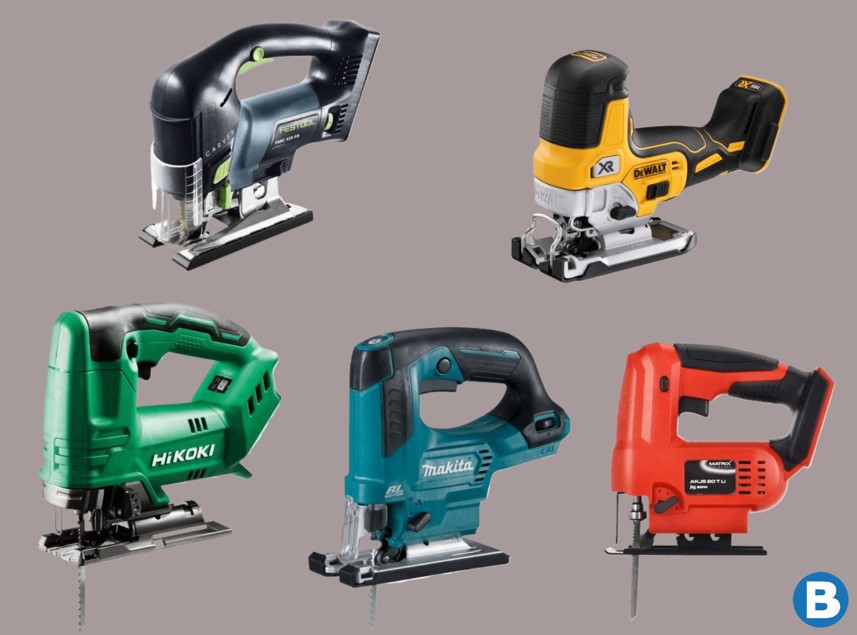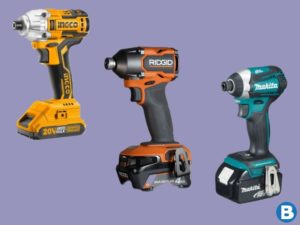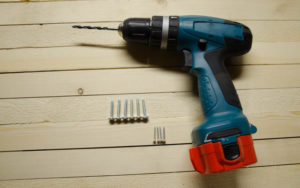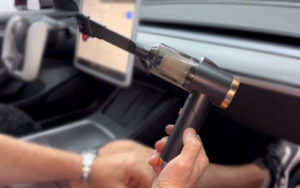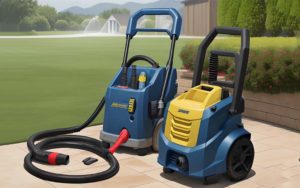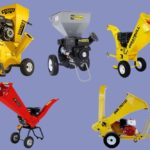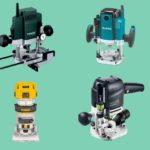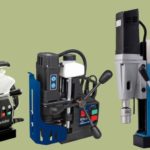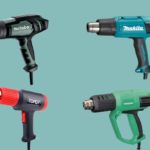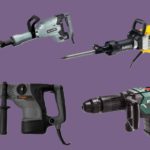When it comes to power tools, a jigsaw is a versatile and invaluable addition to any DIY enthusiast’s toolkit. With its ability to cut curves, straight lines, and intricate shapes, a jigsaw opens up a world of possibilities for woodworking projects and home renovations. However, with a plethora of options available in the market, finding the best jigsaw in Australia can be a daunting task. That’s where this blog post comes in.
We have researched and tested numerous jigsaws to bring you a comprehensive guide to the top jigsaws available in Australia. From their cutting performance and ease of use to their durability and price, we will delve into every aspect to help you make an informed decision and choose the best jigsaw that perfectly suits your needs and budget.
So, whether you’re a seasoned craftsman or a DIY novice, read on to discover the best jigsaw Australia has to offer and take your woodworking projects to the next level.
How to Choose the Jigsaws for you
Choosing the best jigsaw for you involves several factors including power, blade type, cutting capacity, speed control, orbital action, bevel capacity, ease of use, and additional features that can enhance the tool’s performance and your experience. Here’s an extensive guide to help you select the right model that fits your specific needs.
Understand the Types:
Corded jigsaws: It offer continuous power without the need for batteries but limit your movement due to the power cord. They are generally more powerful and lighter since they do not have a battery pack.
Cordless jigsaws: It offer portability and convenience at the cost of battery life. If you choose a cordless model, consider the battery voltage (commonly ranging from 12V to 36V) and Ampere-hour (Ah) rating, which indicates the battery’s capacity. A higher voltage will generally provide more power, and a higher Ah will provide a longer run time.
Power and Speed:
Look for a jigsaw with adequate power for your needs. Corded models will list their power in Amps (A), with most ranging between 4A to 7A. Higher amps typically mean the saw can handle tougher materials. Cordless models will be rated by voltage, and a higher voltage typically means more cutting power.
Variable speed control is vital because different materials require different cutting speeds. Speed is measured in strokes per minute (SPM), and a good jigsaw should offer anywhere from 500 to 3,000 SPM or more.
Orbital Action:
Orbital action refers to the movement of the blade in a circular motion as it moves up and down. This action helps the saw cut more aggressively and clear away debris faster. A jigsaw with several orbital settings will give you better control over the cut quality and speed, especially in wood.
Blade Type and Changing Mechanisms:
There are two common types of jigsaw blades: T-shank and U-shank. T-shank blades are more popular, as they typically provide a more secure fit and are easier to change without tools. U-shank blades often require a tool for changing. Tool-less blade change is a feature you’ll want for quick and easy blade swaps.
Cutting Capacity and Bevel Ability:
Evaluate the cutting capacity of the jigsaw for both wood and metal, which indicates the maximum depth it can cut through. Also, consider a jigsaw that has an adjustable base for making bevel cuts, which are angled cuts up to 45 degrees or more. A good jigsaw will have easy-to-use bevel adjustment capability with positive stops at common angles like 0, 15, 30, and 45 degrees.
Ease of Use and Ergonomics:
The comfort of the tool’s grip, the weight, and the ease of controls all add up to a more user-friendly experience. Anti-vibration features and a robust shoe (base plate) will enhance control and result in more precise cuts. An adjustable dust blower or vacuum attachment can keep the cut line clear of debris.
Additional Features:
Look for useful features such as:
LED light: to illuminate your cut line.
On-board blade storage: for convenient access to blades.
Dust collection port: for connection to a dust extraction system.
Battery indicator (for cordless models): to monitor battery life.
Soft start: for better control at the start of a cut.
Read Next: Best Die Grinders | Cordless Drills | Circular Saws
The Best Jigsaws Australia
1. Matrix Power Cordless Jigsaw
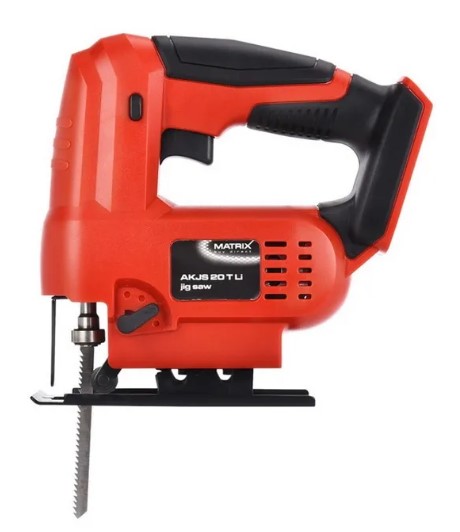
The Matrix Power Cordless Jigsaw stands out with its efficient no-load speed, rapidly reaching up to 2400 strokes per minute, ensuring swift and effortless cuts through various materials. Its 19mm blade stroke is designed for precise and clean cutting, making it suitable for an array of intricate tasks.
Versatility is at the forefront with this tool, featuring an adjustable cutting angle from 0 to 45 degrees. This flexibility allows users to make bevel cuts with ease, opening up possibilities for complex projects and creative woodworking.
Power is sustained by the robust 20V 1.5Ah Li-ion battery, which provides a reliable run time without the hassle of cords. The battery’s modern technology not only reduces charging time but also ensures that the tool is ready when you are, making it a trusty companion for both DIY enthusiasts and professionals alike.
2. Baumr-AG Cordless Jigsaw
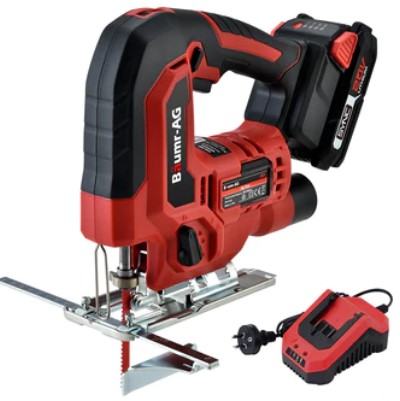
The Baumr-AG Cordless Jigsaw combines user comfort and convenience in a lightweight and ergonomic package. Designed to be well-balanced and featuring soft grip handles, it minimises user fatigue and enhances control, particularly during extended use. Its highly responsive trigger and dual safety lock off button add to its secure operation, ensuring that safety is a priority.
Tool-free blade changes are made swift and uncomplicated with the easy tool-less blade release clamp, allowing for a seamless transition between tasks and reduced downtime. This feature complements the cordless design, which eliminates the hindrance of tangled wires, providing flexibility and ease of movement around any workspace.
Additional benefits include the adjustable rip cut guide and the integrated LED Light Guide, which illuminate and maintain precision on the workpiece. The 45° adjustable cutting angle and 6-speed control further amplify this jigsaw’s versatility, while the dust extraction port ensures a cleaner working environment, making the Baumr-AG Cordless Jigsaw a well-rounded tool for precise and tidy cutting jobs.
3. Milwaukee M18FJS-0
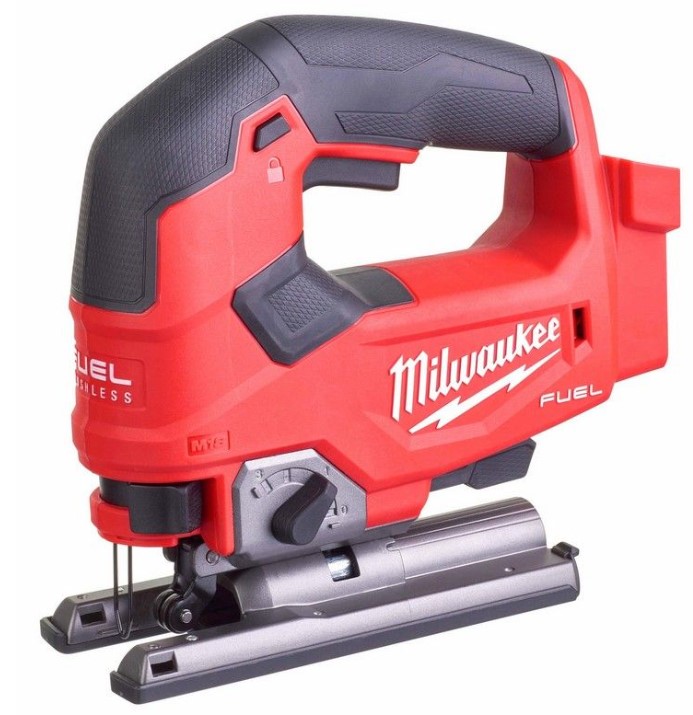
The Milwaukee M18FJS-0 is engineered with a 4-position orbital cutting setting, affording users the flexibility to tailor their cutting approach to the task at hand. Whether it’s straight cuts or curves, this feature adds a layer of precision to match specific application requirements.
A standout feature is the on/off cut line blower, which ensures the user’s view remains unobstructed by debris. This pairs well with the tool’s compatibility with dust extraction systems, offering a clear line of sight and a cleaner work environment. The jigsaw’s commitment to user-friendliness extends to accepting T-shank blades, a common and convenient blade type for quick changes.
Ease of use is further enhanced with the jigsaw’s toolless shoe bevel, equipped with positive stops. This design simplifies the process of adjusting the shoe for bevel cuts, making the M18FJS-0 a practical choice for those who require rapid, accurate angle changes without the need for additional tools.
4. Dewalt DCS335N-XJ
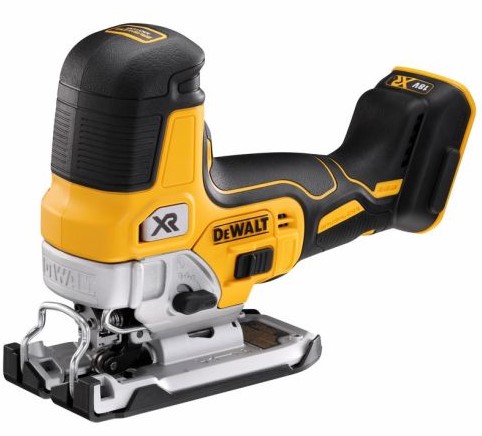
The Dewalt Jigsaw is a robust 18V cordless jigsaw designed to navigate through a variety of materials with ease. Its considerable stroke length of 26 mm allows for efficient and deep cuts, with a maximum cutting capacity of 135 mm in wood, and 25 mm in aluminium, showcasing its range in handling different tasks.
With a no-load speed that’s adjustable between 1000 to 3200 strokes per minute, this jigsaw provides control and adaptability over the cutting speed – ideal for both aggressive cuts and more delicate work. The variable speed range helps in managing different materials and cut qualities with precision.
In addition, its bevel capacity is marked at 45 degrees, permitting angled cuts for joinery and fine woodworking. The Dewalt DCS335N-XJ promises accuracy and flexibility, making it a valuable tool for both professional tradespeople and serious DIYers looking to undertake complex cutting jobs with confidence.
5. Makita JV103DZ
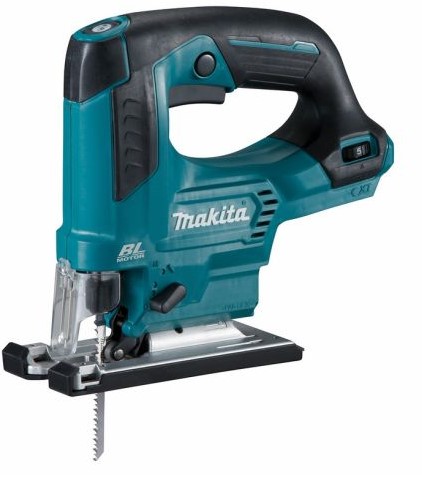
The Makita Jigsaw showcases impressive versatility with its bevel capacity, allowing for 45-degree cuts in both left and right directions, making it a fantastic partner for intricate woodworking, metalwork, and cabinetry. Such flexibility is essential for achieving precise angled cuts and complex shapes.
The tool’s length of stroke stands at an effective 23mm, enabling deep and efficient cuts through materials with maximum capacities reaching 20 mm in aluminium, 10mm in steel, and a significant 90mm in wood. This cutting prowess underlines the jigsaw’s reliability across a range of applications and projects.
Weighing in at just 1.53kg and measuring 237mm in overall length, the Makita JV103DZ is light and compact, easing the physical load on the user without compromising on power. With strokes variable between 800 to 3000 per minute, it offers precise control for different materials and cutting requirements, demonstrating why it’s a valuable asset for both professionals and dedicated DIYers.
6. HiKOKI CJ18DA(H4Z)
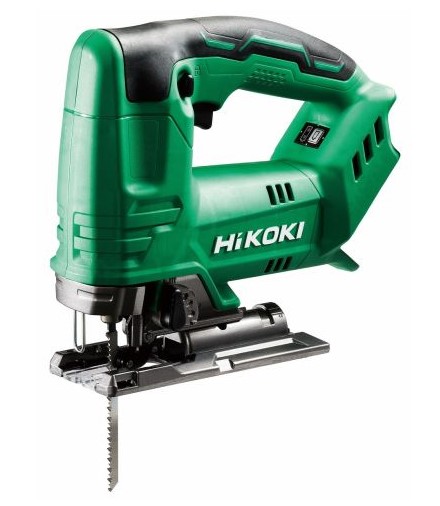
The HiKOKI Jigsaw is a capable jigsaw designed to cater to a variety of cutting tasks with its notable cutting capacities—135mm in wood, 10mm in mild steel, and 2.5mm in stainless steel. This speaks to the machine’s adeptness at handling both woodworking projects as well as more demanding metal cuts.
Integrated with a fan-cooled DC motor, the jigsaw is engineered to maintain performance by preventing overheating, thus extending tool life. Its no-load speed ranging up to 2,500 strokes per minute and a 26mm length of stroke enable efficient and rapid cutting, ensuring tasks are completed promptly and with precision.
A maximum cutting angle of 45º to both right and left, along with a minimum cutting radius of 25mm, provides superb flexibility for making bevel and intricate curved cuts. The HiKOKI Jigsaw combines power with finesse, making it an excellent choice for professionals seeking a reliable jigsaw for continuous, precise work.
7. Festool PSBC 420 EB-Basic
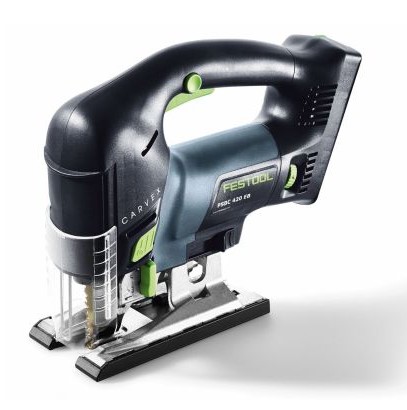
The Festool PSBC 420 EB-Basic is a high-performance jigsaw tailored for precision work across various materials. With a cutting depth of 10 mm in soft steel, 120 mm in wood, and 20 mm in non-ferrous metals, it showcases the tool’s capacity for tackling both light and demanding cutting tasks with ease.
Speed is a forte of this machine, offering a broad stroke rate between 1,000 to 3,800 rpm, complemented by 4 pendulum cover adjustment stages that allow users to customise the blade motion for optimal cutting efficiency and control. This level of customization contributes to faster, cleaner cuts and longer blade life.
The cordless design, powered by an 18V battery and a brushless motor, ensures a robust, maintenance-free operation with fewer vibrations and noise. Additionally, its 27 mm dust extraction connection works effectively to keep the work area clean, reducing airborne particles and enhancing visibility during cuts. The Festool EB-Basic is an ideal tool for professionals requiring uncompromising accuracy and a clean finish in their projects.
FAQ’s
What brand makes the best jigsaw?
The frequently recognized brands for high-quality jigsaws include Bosch, DeWalt, Makita, and Milwaukee. They are known for their durable construction, powerful performance, and innovative features.
Who makes the best jigsaw blades?
Top jigsaw blade manufacturers include Bosch, Makita, DeWalt, and Milwaukee, renowned for their durable and precise blades that cater to various materials. T-Shank blades are widely compatible and preferred for their easy change mechanism.
Are battery jigsaws any good?
Battery-powered jigsaws offer convenience and portability, ideal for work without ready access to power outlets. Modern battery technology, like lithium-ion, provides longer life and consistent power, rivalling corded models.
Do you push or pull a jigsaw?
When operating a jigsaw, you typically push the tool forward along the intended cut line. The blade moves in an up-and-down (reciprocating) motion, and pushing the jigsaw ensures steady, controlled cutting progress. Always use a firm but gentle pressure to avoid bending the blade or causing it to deviate from the path.
